Hedy Gutfreund Editorials Editor I remember vividly the Middle School assembly on April 1, 2008. As an energetic sixth grader, I squirmed in my seat as I listened to what Dean VanderMuelen had to say to us for the “Dean’s Minute.” I felt shock and then panic when he told us that the Latin School would be getting uniforms for all of its students. Thankfully, it was just a clever April Fool’s Day joke, but it gave us a sense of how lucky we were to get to wear whatever we wanted (with certain limitations). Even with that freedom, a similarly audible sigh swept over the Latin Upper School population at gathering two weeks ago when it was time to talk about dress code. A sore subject for many at Latin, the dress code has recently undergone some changes to make it a bigger part of our lives. Ms. McGlinn emphasized the point that “distracting” clothing will not be tolerated. In the new Upper School handbook, the most severe punishment for dress code violations went from being “2 detentions; meeting with student, parents and class dean” to “Student will be removed from classes, sent home to change clothing (or a parent will bring a change of clothing) and a follow-up meeting will be scheduled with student, parents, class dean and the upper school director.” But are these changes justified? And is the policy too vague – how do we know what is distracting? What did we do to justify the amped-up punishment? Junior Amanda Gallop understands the importance of a dress code, but does not think that the increased punishments are rationalized properly. She thinks “that dress code is obviously something which is necessary to enforce to some degree because otherwise people could take personal offense to the clothing people are wearing. But in all honesty I have never really seen that to be an issue and I think that the majority of students at Latin have very tasteful clothing that is neither offensive nor very provocative.” Whether you agree or disagree with Amanda, there didn’t seem to be any huge issues last year that provoked the necessity of the harsher punishment. However, the new policy is putting even more trust into our students to judge what clothing is “distracting” or inappropriate for school. Sophomore Sydney Thomas thinks that this trust is justified, saying, “I think the new dress code policy makes a lot of sense in a strange way. Ultimately, it still includes all of the same rules as last year’s policy. The [biggest] difference is they are giving the students the power and putting trust in us that we decide what is appropriate for school.” Still, senior Annie Schwab doesn’t understand what the big deal is if we wear leggings once in a while, noting, “I find it to be more of a distraction [to me] to put together an outfit that follows the dress code guidelines than it would be distracting to have a pair of comfy leggings on.” But then there’s the huge problem of consistency. If we are going to try to implement more severe punishments, are they really going to be fair? “They definitely need to make it so everyone that breaks it should get punished, although it’s hard to do that,” says sophomore Victoria Lancaster. “Some people get in trouble while others don’t.” Just by talking to friends on a regular basis, it’s clear that the dress code policy lacks consistency in enforcement. One of my friends had a small rip in her jeans and got a warning, while many other girls that same day were wearing short shorts. Which is more “distracting” and better warrants punishment? Maybe it’s just the luck of the draw – some teachers care far more about dress code than others. However, this consistency does not just apply to girls (although it seems we have a plethora of rules while guys have very few). An anonymous sophomore boy expressed his opinion that “there are lots of guys who wear sweatpants or athletic shorts who don’t get called out by the teachers for dress code.” Finally, not only is the dress code fair, but is it reasonable? Sydney Thomas thinks the rule about leggings is unreasonable, while Annie Schwab focuses her grievances on the banning of jeggings. Annie thinks that the no jeggings rule “is pointless because the term covers a wide range of jeans. Jeggings are given their name depending on how elastic they are, so there is really no way anyone can tell the difference between them and a pair of tight skinny jeans.” Sometimes, it seems that the administration has to draw the line before the line should really be drawn. With everything being said, some things are going to be perpetually unfair, but the administration should do whatever they can to make sure that the students and teachers are on the same page. Whether you’re the person who gets away with dress code violations daily or the one who gets in trouble for a skirt just an inch too short, the goal for everyone is to dress appropriately. The year ahead will be the true test if the harsher punishments for dress code violations will do the trick or even be implemented. To read the full policy on dress code, see page 18 of the 2011-12 Upper School Student/Parent Handbook. ]]>
Categories:
What Not to Wear (to School)
September 25, 2011
1
0


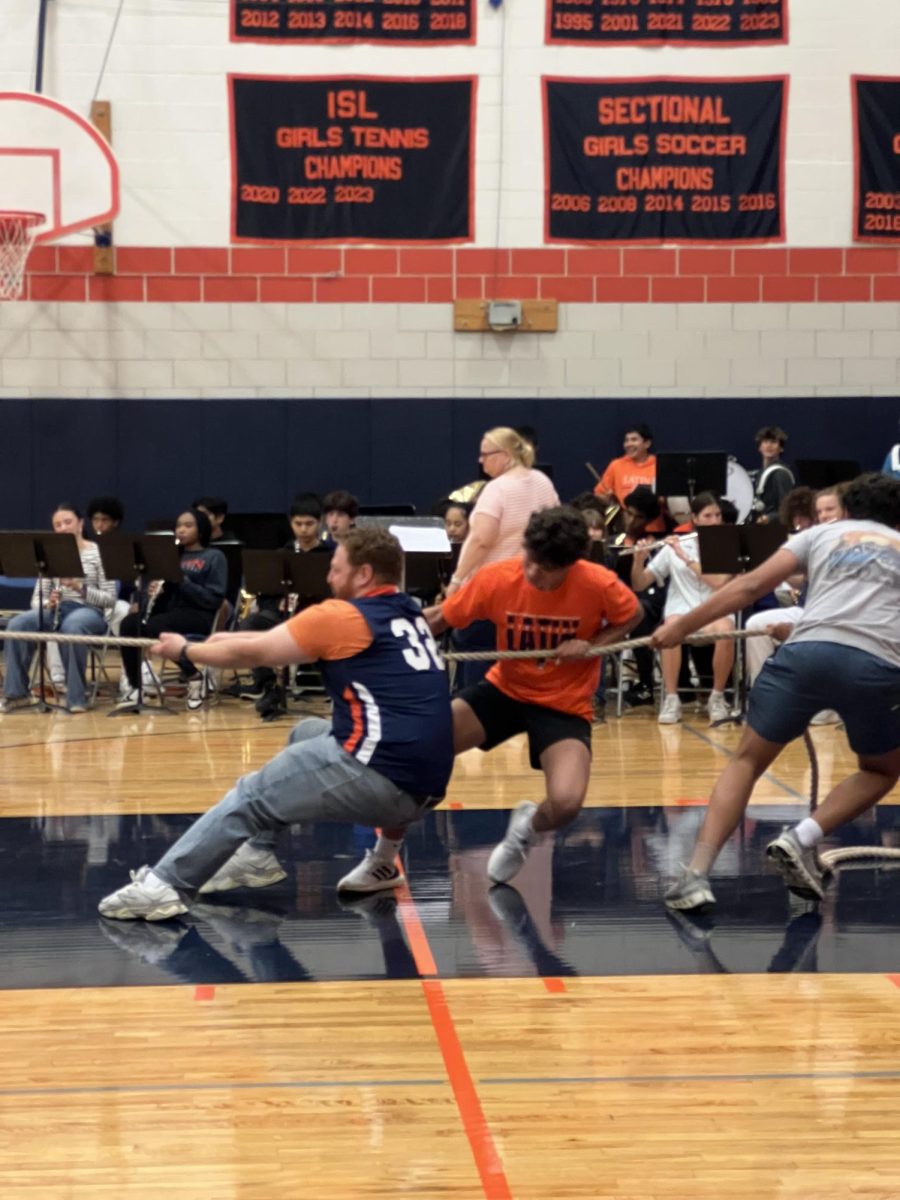

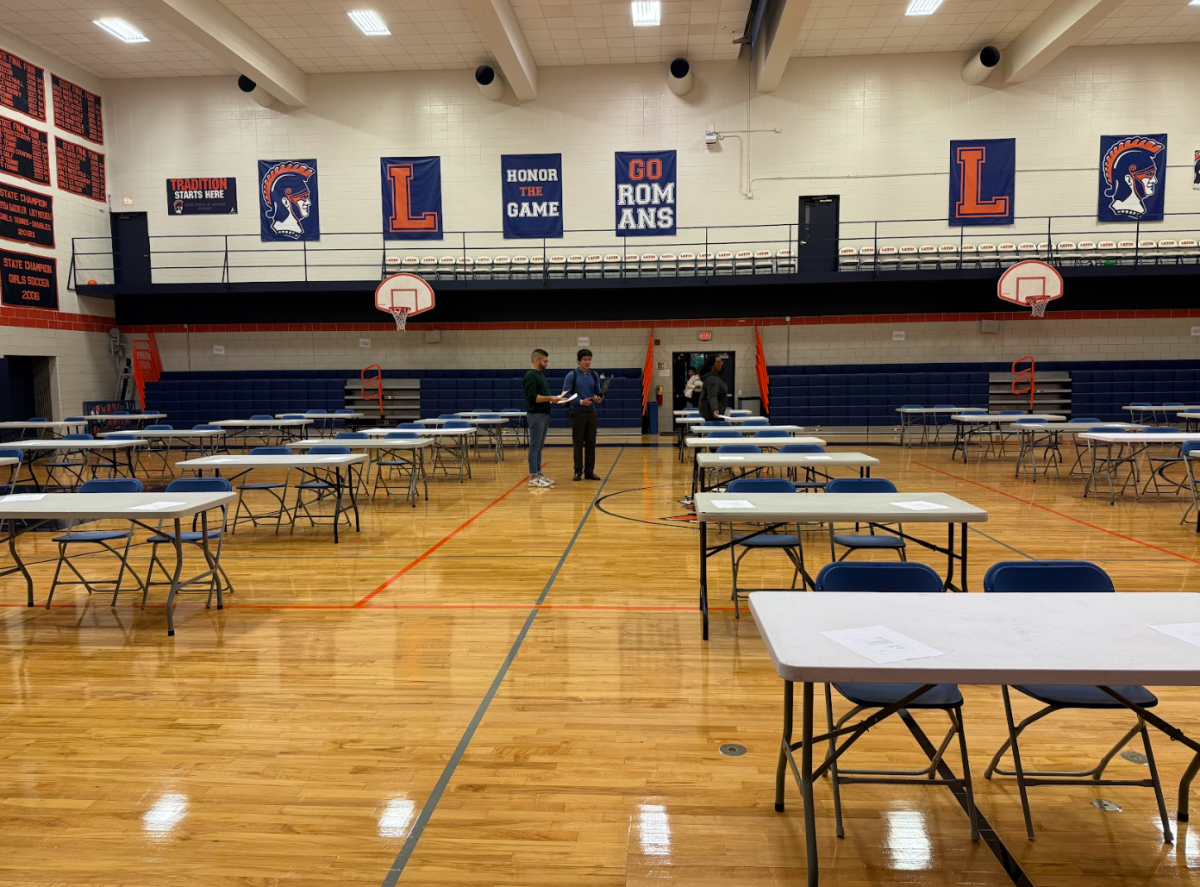












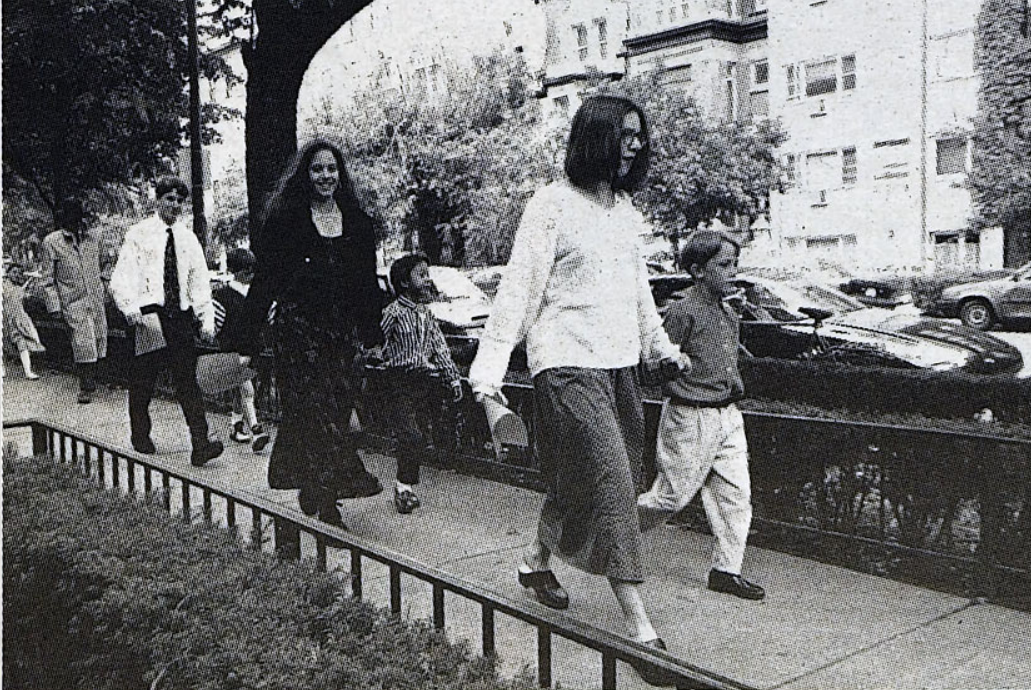










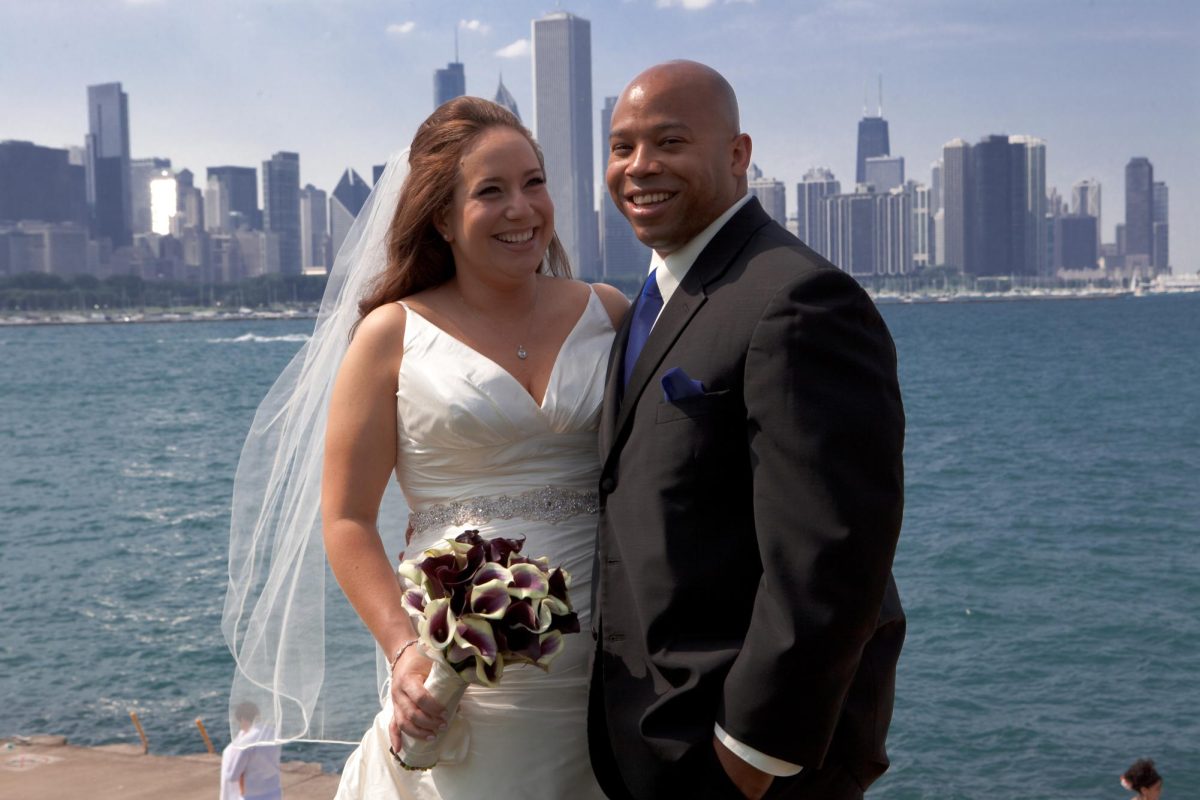
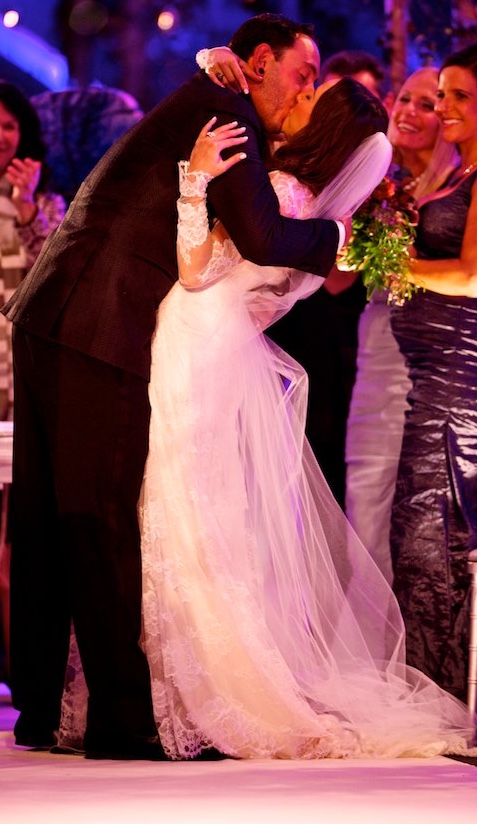







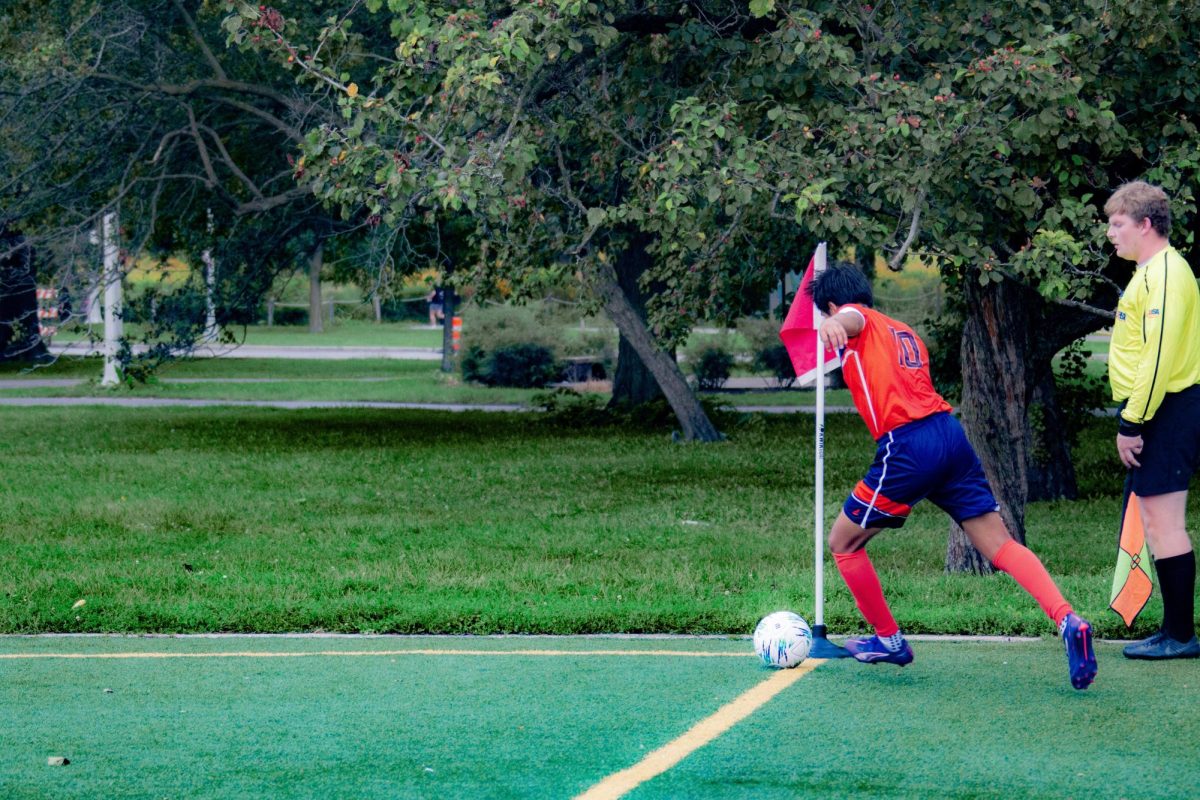






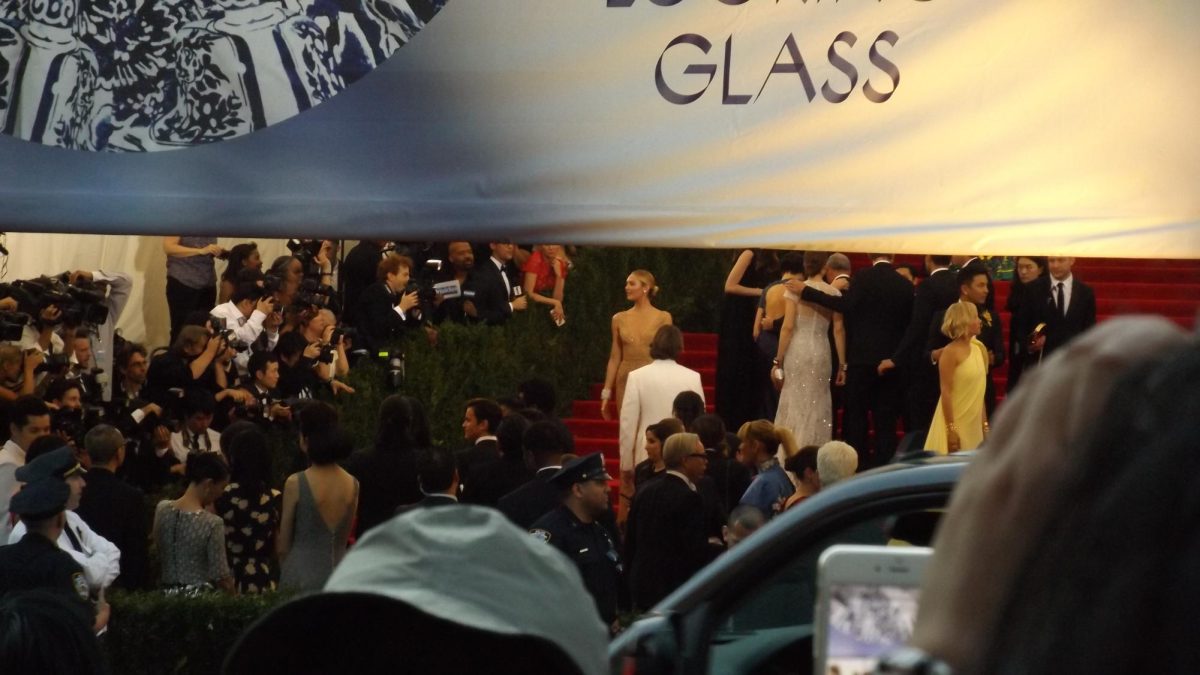



cvolgman • Sep 26, 2011 at 10:11 pm
PREACH